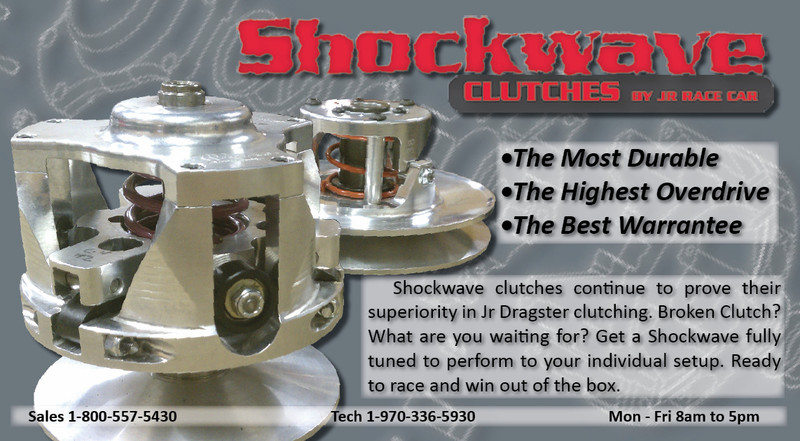The CVT Clutch System

The CVT clutch system is a simple system. The clutch balances the engine RPM with the jack shaft RPM, that is it. All the clutch does is keep the balance between engine and jack shaft.
Starting from a stop:
At the start, aka 'the hit', the primary clutch engages on the belt to provide driving force to the belt. The belt will slip through the primary as the car starts to move forward. The belt slips because the driven clutch is not moving or starts to move very slowly and the engine is turning several thousand RPM. If the belt did not slip, the engine would come to a stop and the car would not move.
Full Engagement:
As the jack shaft gains in RPM the belt will stop slipping through the primary and become fully engaged. The engine RPM will start to increase as the jack shaft gains more RPM. At this point the clutch is still in 'low gear', that is the belt is still in the bottom of the primary and the top of the secondary. The engine will gain in RPM until the clutch reaches the shift point, just like driving a car in 1st gear.
The Shift Point:
The shift point is where the driven clutch starts to open and the belt moves up off the bottom primary, the belt is now 'floating' in the clutch, meaning the belt is not at the top or bottom of either sheave. The shift point is where the CVT clutch starts to work. The weight of the arm in the primary apply clamping force to the belt and this clamping force keeps the engine RPM constant. The engine RPM will fall quickly to a stable (flat line) RPM, this quick decrease in RPM is due to the clutch changing the ratio between the engine RPM and jack shaft RPM. The jack shaft will continue to gain in RPM as the vehicle speed increases while the engine is held to a stable RPM due to the flyweights clamping force.
One to One point (1:1 point):
Until this point the engine has been turning faster than the jack shaft. The belt has been going through the primary sheaves at a smaller diameter than the driven sheaves. The 1:1 point is where the engine and jack shaft are turning the same RPM, the belt is going through both sheaves at the same diameter.
Overdrive
As the jack shaft increases in RPM with vehicle speed and the engine is held stable due to flyweight clamping force, the jack shaft will turn faster then the engine. This is known as Overdrive because the clutch is driving the jack shaft RPM faster than the engine RPM. The clutch will continue to shift until full shift or high gear is reached. Height gear is where the belt is at the top of the primary sheave and the bottom of the driven sheaves.

